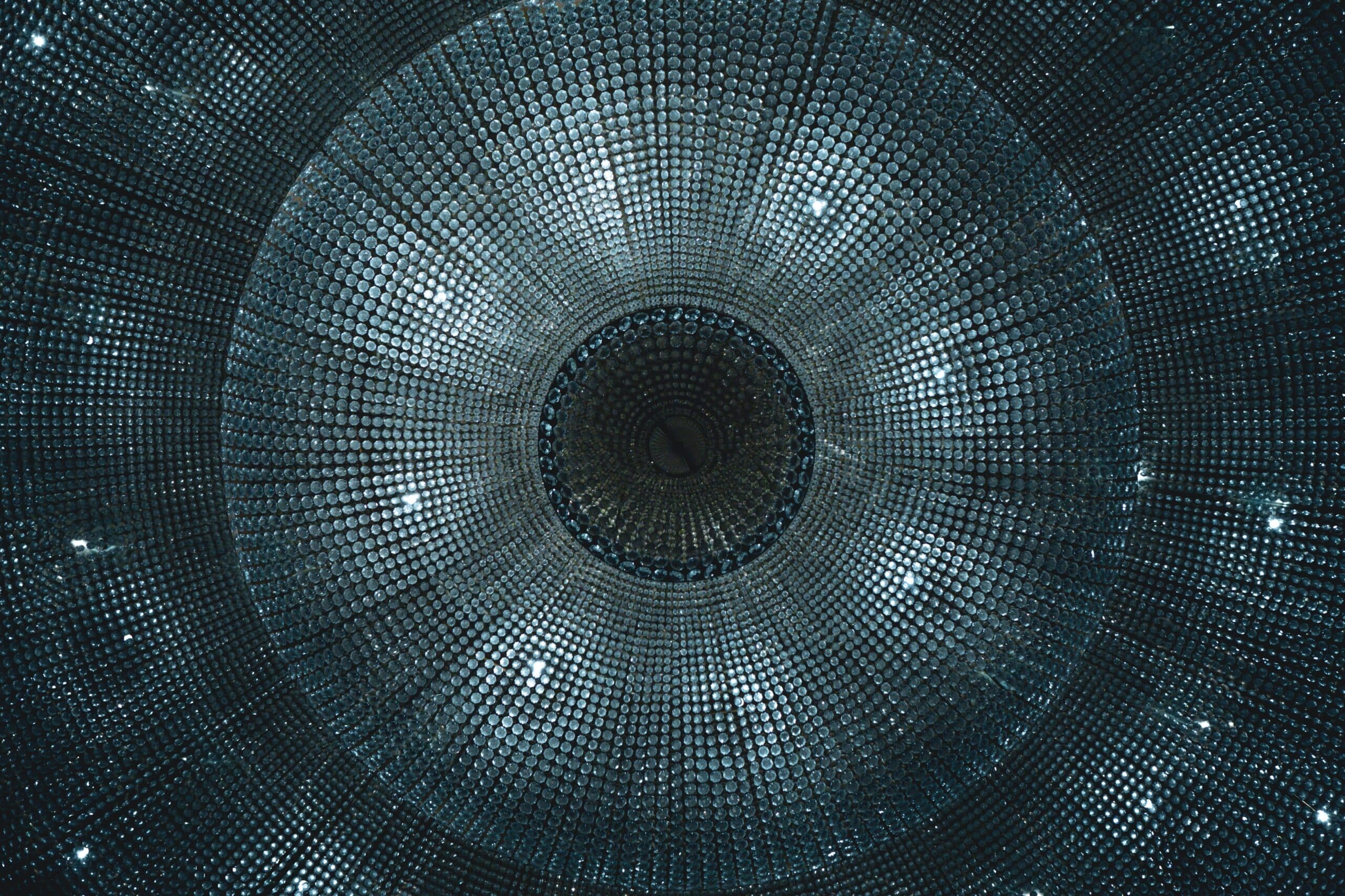DeFi giant MakerDAO has launched Spark Protocol – a DeFi product that is centered around its decentralized stablecoin DAI.
In a Twitter announcement, the MakerDAO team said that the first version of the protocol, Spark Lend, would be available on May 9.
Announcing the Spark Protocol launch ⚡️
Starting May 9, 2023, Spark Protocol will be available to all DeFi users.
An end-user, DAI-centered DeFi product deployed on Ethereum with supply and borrow features for ETH, stETH, DAI, and sDAI. pic.twitter.com/oLa8oeBmL1
— Sky (@SkyEcosystem) May 8, 2023
The Ethereum-based protocol will let users supply and borrow crypto, including ETH, staked ETH, DAI and staked DAI. It has been specifically designed for DAI users and is one of the many planned innovations that are a part of Maker’s Endgame Era.
Behind the new protocol is a group of developers called Phoenix Labs that have been assigned the “Ecosystem Actor” role under Maker’s Constitution. The company is focused on vertically integrating existing products into Maker.
The code for Spark has been adopted from Aave V3, which is the result of an open source revenue sharing agreement agreed upon earlier this year.
Spark is connected to Maker’s Direct Deposit Dai Module, otherwise known as D3M, which is a vault that allows third-party lending protocols to mint DAI directly. This direct credit line to DAI will inject liquidity into Spark Lend and automatically rebalance it, which will create the competitive borrow rates for DAI.
“In short, this means that through Spark Lend, users can now borrow DAI at an initial 1.11% annual rate due to the direct injection of liquidity from Maker. Rates do not increase with utilization, no matter what your size is,” explained Maker.
The protocol also introduces a yield-bearing tokenized version of DAI that is automatically connected to the DAI Savings Rate (DSR). Lending rates could change if Maker’s community opt for an alternative level for the DSR through an on-chain voting process.
Spark is also connected to Maker’s Peg Stability Module (PSM), through which instant swaps of DAI and sDAI for USDC at a 1:1 will be enabled. In this way, users have an avenue to access the DSR from USDC.



